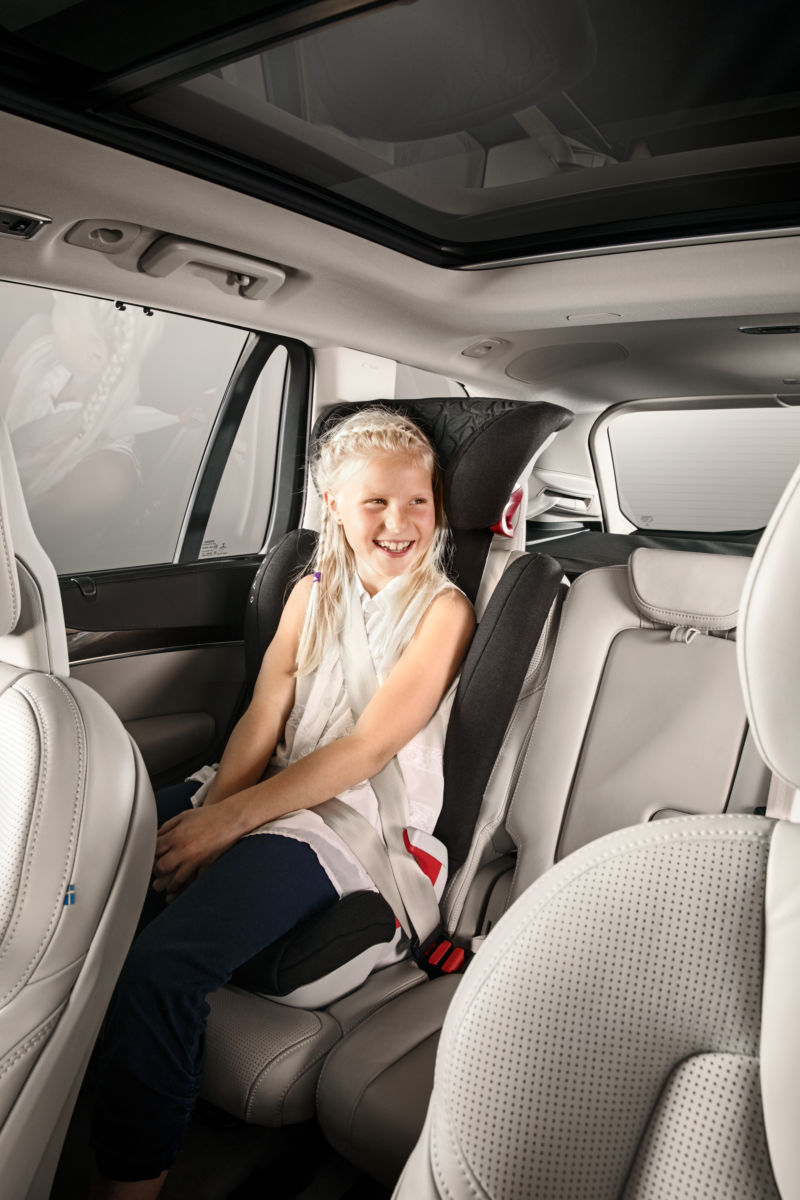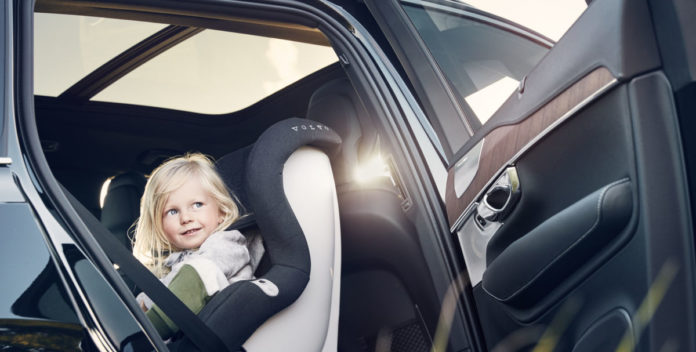Volvo Philippines once again shares information about child safety in vehicles through the Volvo Children & Cars Safety Manual. This insightful guide is available for free from the Volvo Philippines website and other international Volvo portals.
Road safety for all
An estimated 1.35 million people lose their lives in traffic accidents. The World Health Organization (WHO) also shares that road traffic injuries are the leading cause of death for children and young adults ranging from five to twenty-nine years old.
These figures add fuel to Volvo’s passion for finding solutions to curb the number of road traffic injuries. Fueled by the company’s safety goal that no one should be seriously injured or killed in a new Volvo, every vehicle that comes out of the factory is designed with people in mind. The driver, passengers, other motorists, and even pedestrians’ safety is always a top priority.
Child safety in cars
In 1964, just a few years after Volvo had unselfishly shared the three-point seatbelt with the world in 1959, Volvo also began testing rearward-facing child seats. Since then, it has progressively improved on safety technologies explicitly designed for children in cars. Today, Volvo has some of the most advanced and comfortable child seats in the world.

Knowledge saves lives
Backed by decades of safety research, Volvo underlines the importance of using child restraint systems appropriate for children’s age, height, and weight. As a pioneer in child safety, Volvo Cars’ testing and clear installation guidelines for parents and caregivers are unequaled.
“We understand that many people find child safety in cars a complex and sometimes confusing subject. We have focused for many years on communicating clear guidelines around how child seats should be used and the correct way to install them, “ said Dr. Lotta Jakobsson, Adjunct Professor, Ph.D. and Senior Technical Leader, Injury Prevention at Volvo Cars Safety Center.
Volvo’s unique approach to child safety has led to creating and carrying out tests based on real-life traffic situations. These tests enable Volvo to tailor car designs based on how each child seat performs in a real-life car environment. As a result of over 40 years of in-depth research, Volvo Cars strongly recommends using rearward-facing child seats for children up to the age of four.
“Children up to four need to travel rearward-facing in cars, simply because their neck is too weak to support the head. You, therefore, need to protect them. We need to communicate this message to everybody, so they understand the importance of having the children rearward-facing because if they end up in high-severity frontal impact, it’s a question of life and death.”
For more information on Volvo Child Safety, please visit https://www.volvocars.com/ph/why-volvo/human-innovation/future-of-driving/safety/child-safety.

